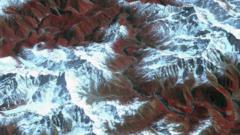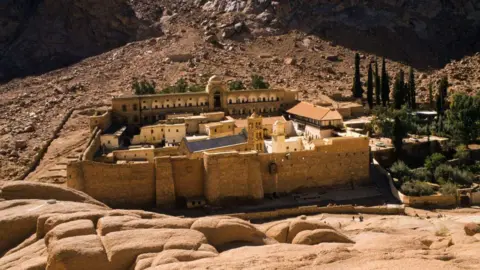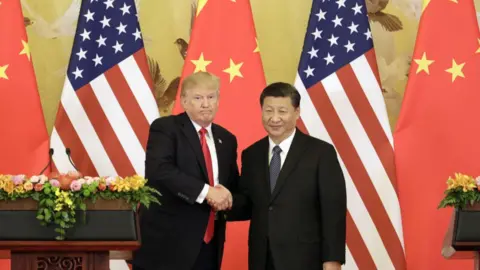The Chinese government officially launched the construction of the Motuo Hydropower Station on the Yarlung Tsangpo river over the weekend, a river that flows through Tibet and into the other two South Asian nations. The initiative has drawn significant scrutiny due to fears regarding its environmental impact and the effects on local populations. This $12 billion project is anticipated to surpass the existing Three Gorges Dam in capacity and generate up to three times more power.
Indian officials have expressed deep concern over the possibility that the dam could allow China to control water flow into India’s northeastern states, particularly Arunachal Pradesh and Assam, as well as into Bangladesh. Many experts point to the potential for harsh impacts on agriculture and indigenous communities residing downstream. Arunachal Pradesh's Chief Minister, Pema Khandu, highlighted the risks, stating that sudden water releases could devastate the Siang and Brahmaputra rivers, leading to existential threats for local tribes dependent on these waterways.
India has contacted China multiple times stressing the importance of transparency and consultation relating to the dam’s impact on downstream countries. Authorities in Bangladesh have also voiced their apprehensions regarding the project's potential to alter water availability in their nation, prompting officials to seek assurances from Beijing.
Covering a vast and rugged area, the hydropower project is situated within the Yarlung Tsangpo canyon, recognized as the deepest and longest canyon globally. Chinese plans involve the construction of extensive dual tunnels through nearby mountains for diversion purposes as part of the dam's ambitious blueprint.
While the Chinese government presents these infrastructural developments as integral to national energy needs and rural development, local activists argue that they represent further exploitation of Tibetan lands. Environmental activists warn that the dam construction risks flooding unique ecosystems and raises concerns about seismic activity in this earthquake-prone region. Local dissent has sparked considerable unrest in the past, with authorities curbing protests against previous dam initiatives, leading to legal repercussions for demonstrators.
As the project progresses, it remains to be seen how it will affect the sensitive geopolitical landscape of South Asia and the profound implications it may have for the lives of millions.
Indian officials have expressed deep concern over the possibility that the dam could allow China to control water flow into India’s northeastern states, particularly Arunachal Pradesh and Assam, as well as into Bangladesh. Many experts point to the potential for harsh impacts on agriculture and indigenous communities residing downstream. Arunachal Pradesh's Chief Minister, Pema Khandu, highlighted the risks, stating that sudden water releases could devastate the Siang and Brahmaputra rivers, leading to existential threats for local tribes dependent on these waterways.
India has contacted China multiple times stressing the importance of transparency and consultation relating to the dam’s impact on downstream countries. Authorities in Bangladesh have also voiced their apprehensions regarding the project's potential to alter water availability in their nation, prompting officials to seek assurances from Beijing.
Covering a vast and rugged area, the hydropower project is situated within the Yarlung Tsangpo canyon, recognized as the deepest and longest canyon globally. Chinese plans involve the construction of extensive dual tunnels through nearby mountains for diversion purposes as part of the dam's ambitious blueprint.
While the Chinese government presents these infrastructural developments as integral to national energy needs and rural development, local activists argue that they represent further exploitation of Tibetan lands. Environmental activists warn that the dam construction risks flooding unique ecosystems and raises concerns about seismic activity in this earthquake-prone region. Local dissent has sparked considerable unrest in the past, with authorities curbing protests against previous dam initiatives, leading to legal repercussions for demonstrators.
As the project progresses, it remains to be seen how it will affect the sensitive geopolitical landscape of South Asia and the profound implications it may have for the lives of millions.





















